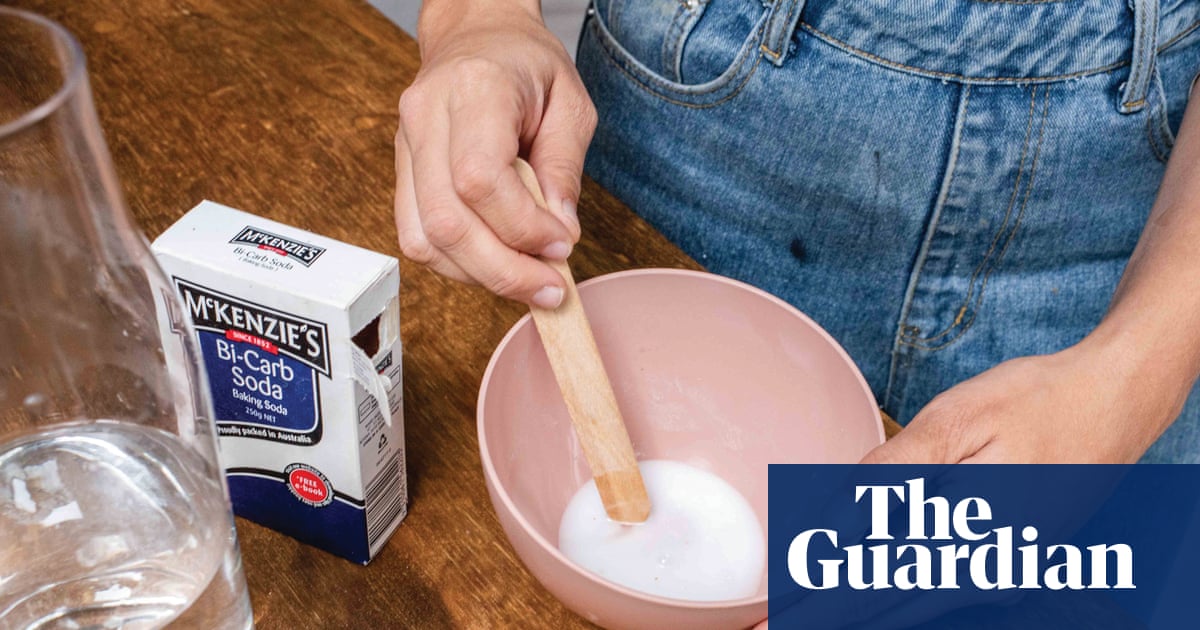
"When you're upcycling or rehoming furniture, cleaning it properly is the first step. But cleaning thrifted pieces can be daunting, especially when you're worried about damaging them, or don't know where to start. For fabrics and upholstery, a steam cleaner might come in handy, but most cleanup jobs can be done with standard household cleaning equipment, including brushes, wash cloths and even aluminium foil."
"Before you bring any secondhand wooden furniture into your home, it's worth checking for signs of termites or borers. Look out for tiny pinholes in the surface, fine powdery dust (known as frass) or areas of wood that sound hollow when tapped. If you do spot these it's best not to bring the piece inside. Once termites are in, they're incredibly hard to manage professional pest advice is the way to go so prevention is the safest approach."
"Once you're sure a wooden piece is pest free, you can tell the difference between whether it's sealed or unsealed by dripping a few small drops of water on to the surface. If it beads up and doesn't sink in, it is sealed. If it sinks into the wood, it's unsealed. This is important to know, because you clean sealed and unsealed wood in different ways."
Secondhand items require inspection and appropriate cleaning before bringing them into the home. Check wooden furniture for termite or borer signs such as tiny pinholes, fine powdery dust (frass), or hollow sounds when tapped; avoid bringing in infested pieces and seek professional pest advice if needed. Determine whether wood is sealed by dripping a few drops of water: beading indicates sealed, sinking indicates unsealed. Clean unsealed wood with dry methods—soft-bristle brush, thorough vacuuming into cracks, and wiping with a dry microfibre cloth—to prevent swelling. Fabrics and upholstery may benefit from a steam cleaner, though most cleaning can use basic household tools.
Read at www.theguardian.com
Unable to calculate read time
Collection
[
|
...
]